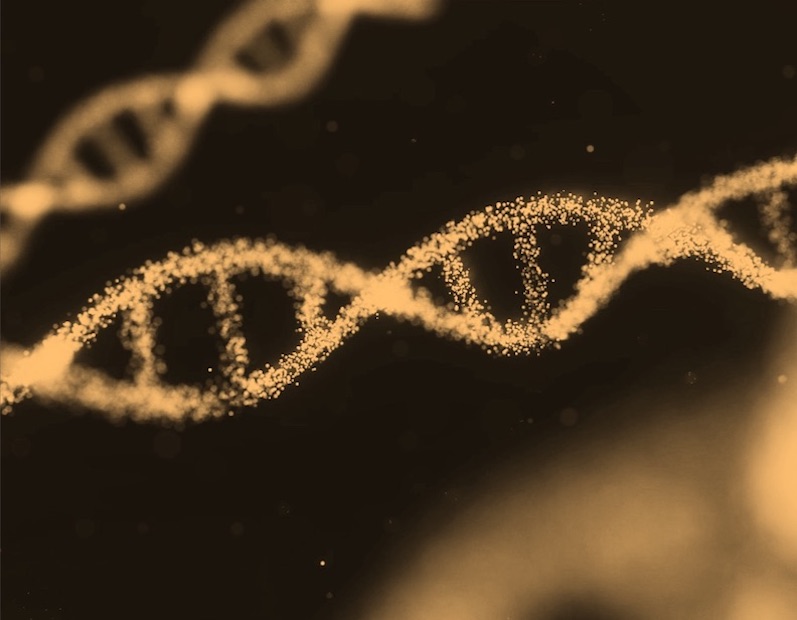What is it about?
DNA methylation consists of the addition of a methyl group at the C-5 position of the pyrimidine ring of cytosine nucleotide (5- methylcytosine, 5mC) mediated by DNA methyltransferase enzymes. The methylation signals indicate what genes have to be active or inactive. In cancer and other diseases this signals is altered. The detection of the presence or absence of these methyl signals is an important marker for several diseases. We have used special DNA probes for the selective capture of specific DNA sequences and analyze the methylation level by antibodies.
Featured Image
Why is it important?
We demonstrated that our method is useful for the direct capture of ds-DNA fragments and specific methyl-cytosine quantification. The proposed biosensor showed a strong correlation with the different DNA methylation status between the sequences with a low signal variation (≤8%CV) along 35 hybridization/regeneration cycles. We anticipate that the method developed will enable a greater level of accuracy and precision in cancer diagnostics.
Perspectives
The combination of DNA triplex-forming capture probes that allows strand displacement and antibody recognition of DNA modifications is a powerful combination for biosensors based on surface plasmon resonance.
Ramon Eritja
CSIC
Read the Original
This page is a summary of: Label-free DNA-methylation detection by direct ds-DNA fragment screening using poly-purine hairpins, Biosensors and Bioelectronics, November 2018, Elsevier,
DOI: 10.1016/j.bios.2018.08.027.
You can read the full text:
Contributors
The following have contributed to this page







